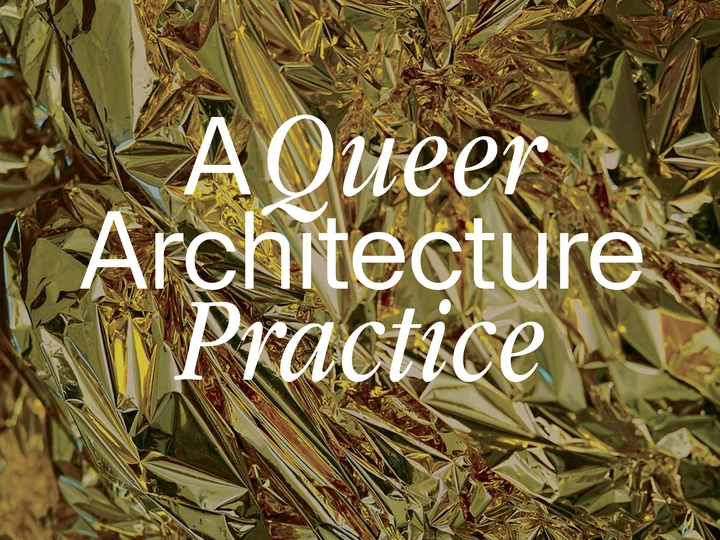A QUEER ARCHITECTURE PRACTICE MANIFESTO

I am Alexander Auris, a Peruvian architect and urbanist based in Brussels since 2018, licensed in both Peru and Europe. My work critically engages with architecture, landscape, and urban design, questioning traditional frameworks through both research and practice. After earning my master’s in Belgium, I worked as an urban designer and independent researcher on queer topics for four years and now I decided to found my own practice.
Over the past four years, my research has explored the intersection of space and queerness—not just in relation to LGBTQ+ identities but as a political, economic, and ethical stance that disrupts heteropatriarchal structures, including within architecture. I have engaged in artistic and academic explorations of queerness, architecture, and visual culture. My short film 4.6 km was a semifinalist at the Venice Architecture Film Festival, and my paper on Cajamarquilla, an archaeological site in Peru, was published by the Nordic Journal of Architectural Research. I have also led workshops at the University of Antwerp and ETH Zurich, most recently at the Queer Space Working Group’s second annual meeting. Currently, I am in the final stages of A Queer Architecture Practice, a project funded by the Flemish Government, with the support of the University of Antwerp and the Flemish Architecture Institute, that rethinks spatial practices through a queer lens.
My work has been exhibited at the Oslo Architecture Triennale, Out Festival in Peru, Antwerp Queer Arts Festival, among others.
This project emerges from ongoing research in queer and feminist theory and its intersection with spatial practices. It seeks to shift current theoretical discourse into a practice-based methodology that interrogates inherited norms within the field of architecture. Here, queer is not limited to LGBTQ+ identities, but embraced as an ethical, political, and methodological position—one that foregrounds difference, care, and dissidence as critical tools for reimagining spatial culture.
The manifesto developes its conceptual framework through the lens of queer everyday life and theory, it proposes five core concepts: disidentify, unworld, disorient, mothering and fierceness—each representing a challenge to normative architectural practice. These serve as chapters in this manifesto and question methods, ways of collaborating and aesthetics. This is a way to articulate the fundamental ethical principles of a queer practice in architecture.
This is research I have been developing over the past year, building on personal projects I’ve undertaken since 2020—including films, workshops, and lectures. Over the last year, a draft of the manifesto has taken shape through personal theoretical work and collaborations with institutions and collectives. Workshops in Zurich, Bogotá, and Brussels have generated outcomes and reflections that shape the manifesto into a collaborative and migratory document—one of the central aims of this proposal.
A Queer Architecture Manifesto should not be authored by a single person (myself), but emerge as a collective process that reflects the shared concerns of people across different geographies. It must also travel—across places, across languages.
It is within this framework that the project applies to the LINA community: to reach new contexts, to collaborate with diverse practitioners, and to support the growth of this manifesto into a living document for students and architects committed to transforming the field.